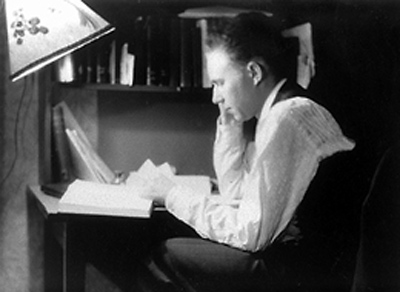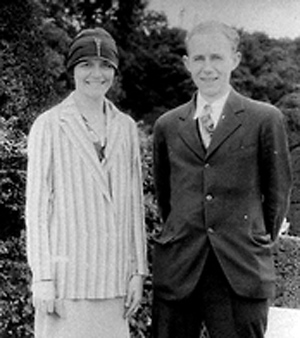Studies at MIT: 1926 – 1931
Harold Edgerton began his graduate studies at MIT in the fall of 1926 and found a workplace that entirely suited his temperament.
With his ever-present sense of humor Doc recounted, at a graduation address to Aurora NE High School students in 1987, that “Upon graduation at Nebraska I applied to MIT for graduate study. During the summer, I asked an Aurora student who had been to Harvard if he knew anything about MIT. He looked me in the eye and said, ‘MIT only takes smart students.’ From then on, I have disregarded the opinions of Harvard students.”
At MIT Doc studied the problems of synchronous motors, in which the speed of the motor is the same as the frequency of the electric current running it. He was most interested in what happened when a sudden change, like the surge caused by lightning striking the power lines, reached the motor. But parts of the motor spun so fast that his eye could not see what was happening. Doc noticed that a tube he was using to send power surges to the motor flashed brightly as the power peaked. When the flash of the light synchronized with the motor’s turning parts, it made them look like they were standing still. Then they could be analyzed!
In 1927, Edgerton received his master’s degree in electrical engineering from MIT. The following year, he was named an instructor and also married Esther May Garrett.
In 1931, he earned his PhD.; his doctoral dissertation included a high-speed motion picture of a motor in motion, made with a mercury-arc stroboscope.






